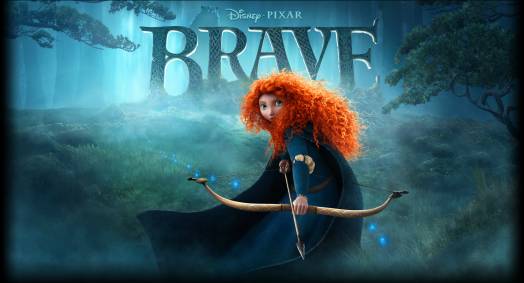All quotes are taken from this article: Maureen Murdock interviewed by Mary Davis
“The feminine journey is about going down deep into soul, healing and reclaiming, while the masculine journey is up and out, to spirit.”
“I saw in my therapy practice that women worked hard to make it in a man’s world and then were often experiencing enormous spiritual aridity and deep wounding of their feminine nature.”
“The hero’s journey is focused on the adventures: slaying the dragon, finding the boon, meeting the goddess. For the heroine, the first part of the journey is the separation from the feminine, because of the focus in our culture on the idealization of the masculine. The individual in a patriarchal culture is driven to seek control and power over themselves and others; still slaying the dragons, internally and externally, and finding the boon, more externally. But for women, this doesn’t feed our nature. We ask, ‘What happened to my desire to write, to paint, to dance?’ And then, we experience the descent. So, there’s a split when we focus more on making it in the world, rather than on listening to our deep self.”
“Murdock writes about outward success not being enough.”
“When the heroine says no to the next heroic task, there is extreme discomfort…When a woman stops doing, she must learn how to simply be. Being is not a luxury, it is a discipline. The heroine must listen carefully to her true inner voice. That means silencing the other voices anxious to tell her what to do. She must be willing to hold the tension until the new form emerges…”
“The main thing about the descent is to give yourself permission to be there, to listen to the dreams, and then to follow the images. The experience of the descent is that it is timeless; you feel as if you are in a different culture, in a different landscape.”
“Draw the images that come to you, write poetry, dance the images! … It’s about being in a state of ritual, in a sense, a sacred space. Listen to your inner knowings. For many women and men the descent is a period of voluntary isolation.”
“I am a member of the Women’s Leadership Collaborative, and we meet three times a year. As we sit in a circle, I notice that out of 23 women present, 18 are knitting. There’s a desire to reclaim the feminine arts like knitting, sewing, beading, making scrapbooks.”
“Part of this desire is to reclaim the wisdom, compassion, and the discernment of the sacred feminine.”
“…darkness is as important as light for flowering and for birth, remembering the importance of roots.”
“The hero’s journey is up and out, with a big splash, to the light, while the heroine’s journey is down and in, to the cave.”






